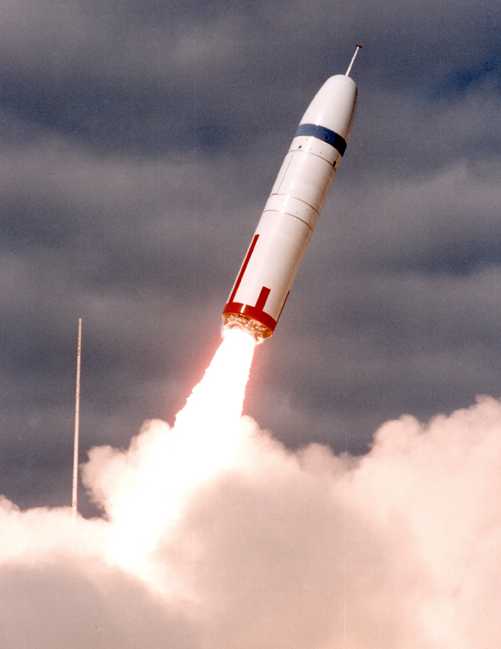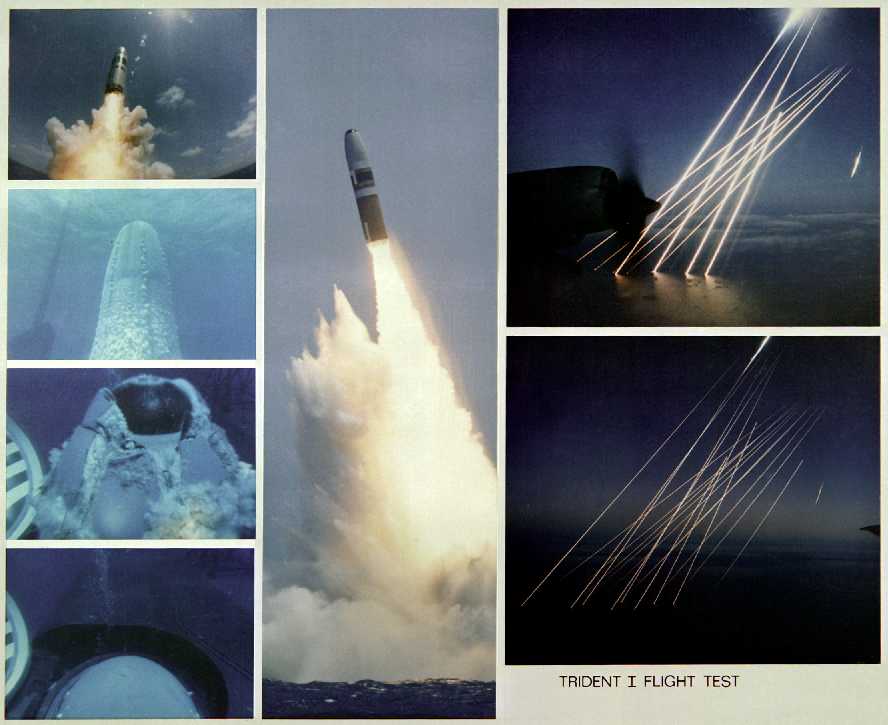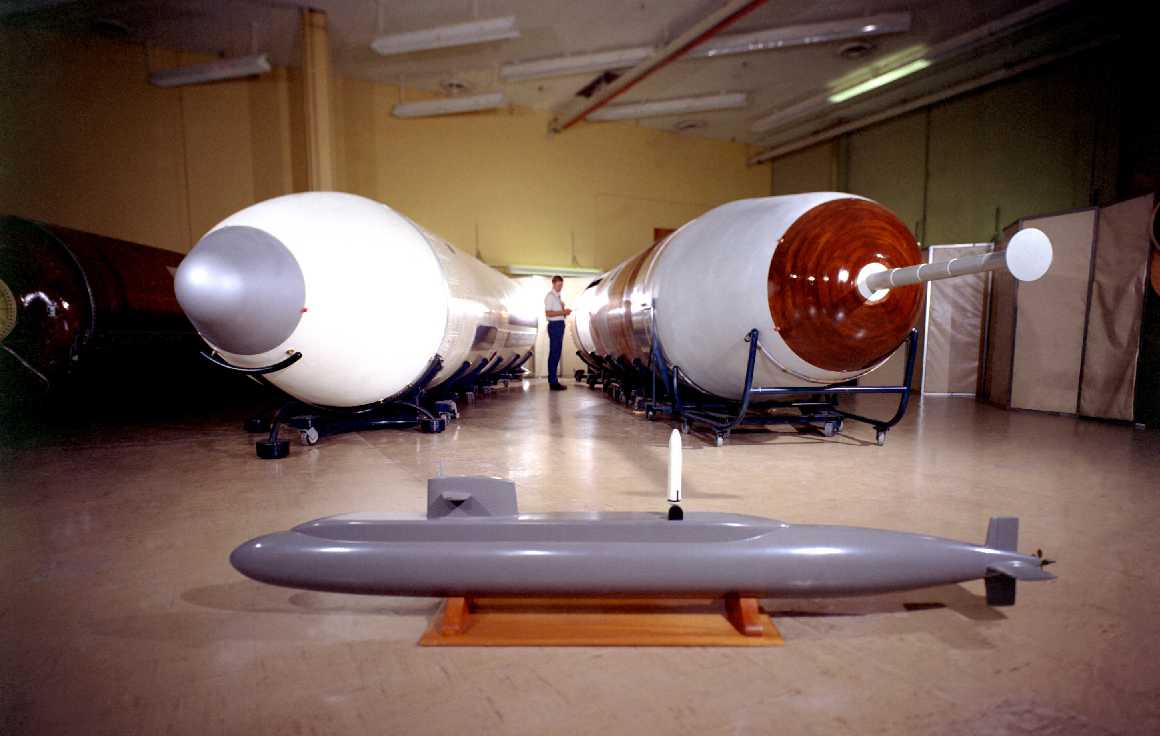Using advanced technology in propellants, micro-electronics and new weight-saving materials, the Trident I C4 missile incorporated the multiple independently-targeted vehicle capability of its predecessor Poseidon and provided a range of more than 4,000 nautical miles with a full payload.



| Designation | Trident C-4 UGM-96A |
|---|---|
| Ship Class Used On | Ohio Class SSBN-726 (24 missiles) Backfitted to some Benjamin Franklin SSBN-640 (16 missiles) |
| Date In Service | 1979 |
| Weight | 70,000 lbs. (31,750 kg) |
| Dimensions | 74 X 408 in (188 X 1,036 cm) |
| Payload | Eight 100 kt Mark 4 MIRV |
| Range | 4,350 nm |
| Propulsion | 2 stage solid fuel rocket |
Data from:
- Lockheed-Martin Missile and Space
- "The Naval Institute Guide to World Naval Weapon Systems 1991/92" by Norman Friedman
- US Navy Fact File
